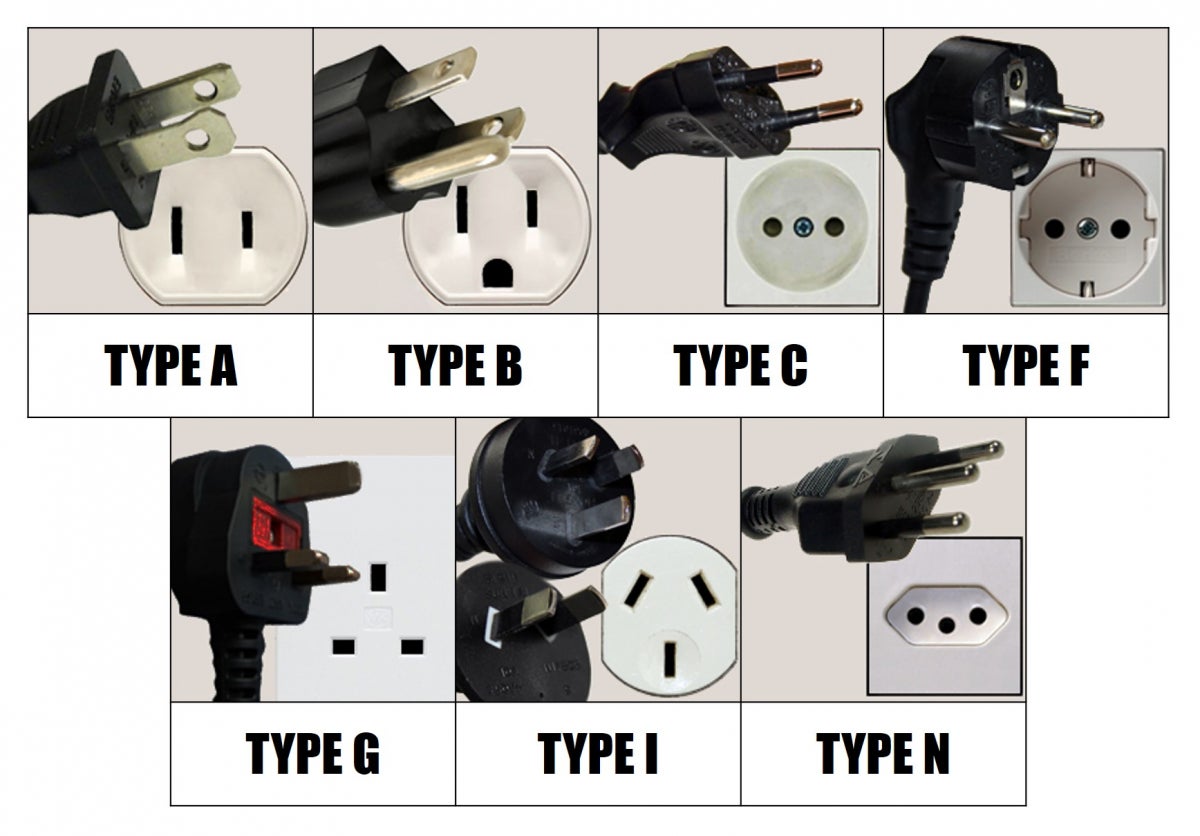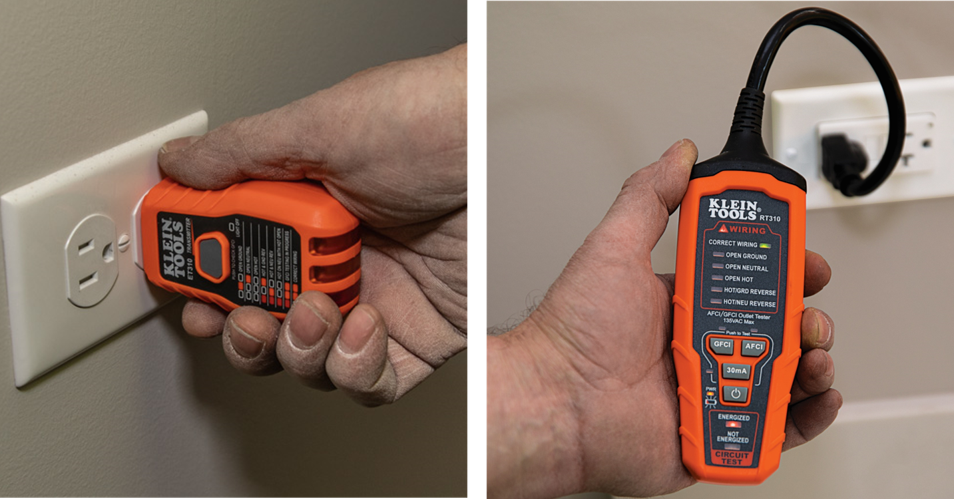Electricity was first used residentially for lighting in the 1880s. These early electrical systems were very expensive and cumbersome, however, requiring the use of direct current. As smaller household appliances became available, the first plugs and sockets were also introduced. Early inventions included light bulb-style outlets, which directly plugged into a home’s lamp socket.
By the early 1900s, several countries had developed adaptions to Harvey Hubbell's "Separable Attachment Plug". As the demand for electricity at home increased, an awareness of the risk of electrical hazards also rose. At the World’s Fair in 1904, scientists and engineers agreed for the first time that global standards for electrotechnology were needed, resulting in the founding of the International Electrotechnical Commission (IEC). The introduction of two-pin and three-pin wall receptacles soon followed.
Electricity Expands Globally
 Fast forward to today and electricity has become an everyday essential, powering our homes, offices, schools and everything in between. There are roughly 15 electrical outlet types powering communities worldwide, not to mention obsolete models still found in outdated, historical sites. Although we don’t have time to detail each system, here’s a look at a few power delivery methods used in countries where just some of the many Klein-equipped professionals get the job done:
Fast forward to today and electricity has become an everyday essential, powering our homes, offices, schools and everything in between. There are roughly 15 electrical outlet types powering communities worldwide, not to mention obsolete models still found in outdated, historical sites. Although we don’t have time to detail each system, here’s a look at a few power delivery methods used in countries where just some of the many Klein-equipped professionals get the job done:
- Canada, Mexico and the U.S. — Type A and B, 100-127V, 15A
- Korea — Type C or F, 220-240V, 2.5A
- Germany — Type F, 220-240V, 16A
- Ireland and UK — Type G, 220-240V, 13A
- Australia — Type I, 220-240V, 10A
- Brazil — Type N, 100-240 V, 10A and 20A
Learning the ins and outs of electrical systems isn’t easy. Skilled professionals complete years of hands-on and technical training to prepare for a successful career. A large part of their education includes intently studying and remembering international and local electrical code requirements to ensure every installation is completed safely and with the maximum reliability.
Although electrical systems worldwide might seem similar to the average Joe, professional electricians utilize roughly 15 electrical outlet types to power our communities worldwide.
Klein Tools Tests and Measures Today’s Tech
In the United States, Canada and Mexico, electrical systems use Type A and B sockets — best identified by their two rectangular prongs. Type B also has a U-shaped earth pin to ground devices before the power is connected. When navigating these complex wire systems, electricians rely on various Test and Measurement products to ensure safe circuits.
 Klein Tools’ newest innovations include the Digital Circuit Breaker Finder (Cat. No. ET310) and the AFCI/GFCI Outlet Tester (Cat. No. RT310), which are both designed for use with North American-style grounded electrical outlets. The ET310 helps homeowners and professionals alike easily identify the circuit breakers to which specific outlets connect, saving time and frustration caused by busy panels. The RT310 simulates fault conditions to identify and test common wiring faults in standards, AFCI and GFCI outlets.
Klein Tools’ newest innovations include the Digital Circuit Breaker Finder (Cat. No. ET310) and the AFCI/GFCI Outlet Tester (Cat. No. RT310), which are both designed for use with North American-style grounded electrical outlets. The ET310 helps homeowners and professionals alike easily identify the circuit breakers to which specific outlets connect, saving time and frustration caused by busy panels. The RT310 simulates fault conditions to identify and test common wiring faults in standards, AFCI and GFCI outlets.
The demand for power only continues to rise globally, and advancements in datacom capabilities as well as USB connectivity help meet the world’s growing power needs. For example, many electrical fixtures now include USB ports in addition to traditional sockets, offering accessible, convenient power delivery.
From the hand tools needed to strip, cut, crimp and twist wires to the latest tech equipment, Klein Tools strives to provide electricians, and all tradespeople, with the solutions needed to turn a job that needs doing into a job well done. Which #NewKleins help you get the job done? Share your go-tos with us on social media.

